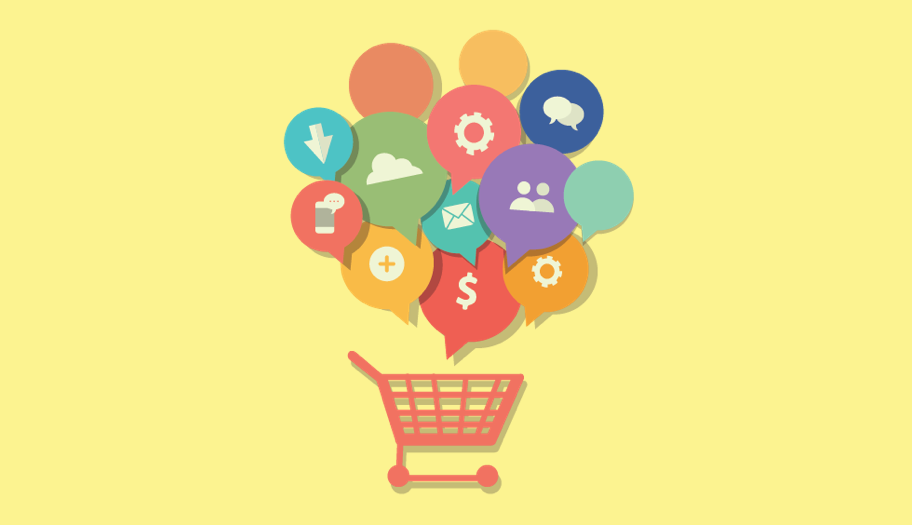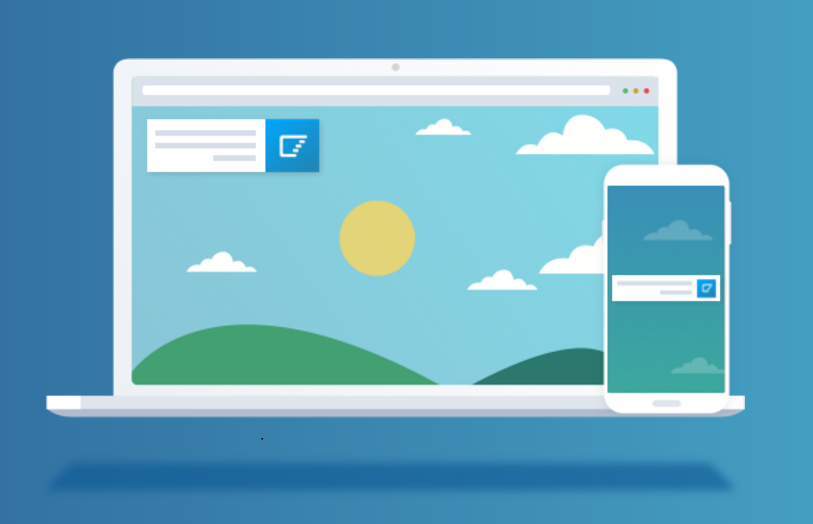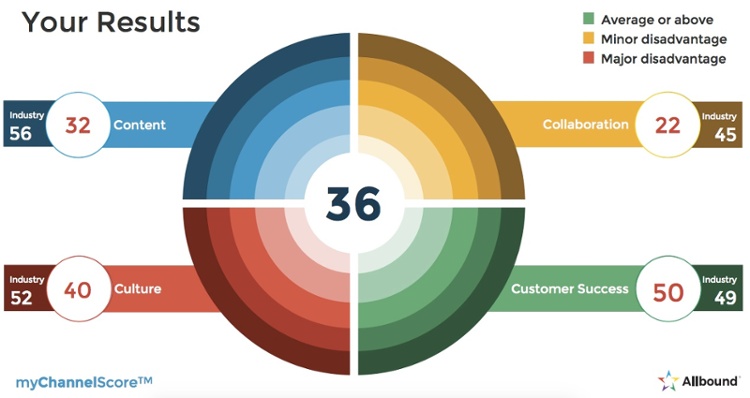 When I started up Wingify back in 2010, I knew I had hit upon a problem that needed to be solved and was just waiting for someone to come and do so.
When I started up Wingify back in 2010, I knew I had hit upon a problem that needed to be solved and was just waiting for someone to come and do so.
Visual Website Optimizer, now known widely as just VWO, our first product, wanted to help marketers build better websites by A/B testing various elements – headings, colors, positioning, buttons, etc. The first version of VWO was very simple – it was just A/B Testing (and it did it well enough for us to be among market leaders). Today, it is a complete conversion optimization software, doing almost everything a modern marketer would need to increase conversion rates. I remember how VWO evolved along with our own marketing: we knew what our customers needed because we were using the product ourselves. It made building the product, thinking about the roadmap, and figuring out the user experience incredibly easy.
One of the things that helped us take VWO to a bigger audience was writing about it. In the beginning, I wrote extensively about what I was building, why I was building it, who it would benefit, how to use it better and so on. I realized I enjoyed writing, and of course, getting read. As VWO grew, we grew this into a content engine that helped our customers and our audience.
As we grew VWO’s blog, we stumbled onto a problem that writers face: how to get people to come back to your site and read more. Newsletters are okay, tweets are great, Facebook posts too, but these are all dependent on readers being on that particular platform – email, Twitter, or Facebook. What else could we do? What other channels are there?
At that time, the entrepreneur in me had an aha moment. If we were so obsessed with getting customers to return to our blog to read, we realized how important this would be to other marketers too.
This idea stayed in my head for a while, until I discovered web browser notifications, and saw that smart marketers at organizations were catching on. We saw the potential, and having thought about this very thing for so much time, I saw the opportunity and rushed to make an MVP
The first version was very simple but it worked. We then fully built PushCrew, customers saw that we had built something useful. They came and bought PushCrew.

And now, as the team works on making PushCrew better and more and more useful to marketers, I took a step back to think about the product, and what it was actually doing: the longer view if you will. It didn’t take long for me and the team to figure out that the problem we were trying to solve was massive, that the scale of this was ridiculous, and that we were trying to paint a fence with a toothbrush.
We now fully understand that PushCrew is not just about sending notifications: It’s trying to solve the most fundamental marketing problem there is – communication, contact: the marketer’s last mile.

Anyone who has ever done any sort of marketing knows that this is the clincher. As Entrepreneur magazine put it in 2014, “The last mile in marketing connects a customer to the seller through communication that occurs close to the point of purchase.” This is when the customer turns around, chooses to return, and gives you the money.

Push notifications were able to solve this exact problem. For example, if I had landed on the website of a particular magazine I’d liked – science journal Nautilus, for instance, which I actually subscribe to. And if something had come up making me move on, and forget what I was reading; I could even have left in the middle of filling up billing information on the subscriber form.
A push notification from Nautilus may take me straight back to the website, and I can finish what I started: reading or buying.
Which is what makes push notifications interesting, and what made us build PushCrew in the first place – its immediacy, that instantaneous stimuli to take an action.
Isn’t that what a marketer yearns for?
But again, push notifications, as we suspected, and have discovered, don’t work in a vacuum. Your other marketing is important, that has an effect on how your push notifications perform. Your brand is important, what you mean to your customer is important. I will definitely click on a notification from Nautilus, but will I agree to be sent notifications from a spammy 3-notifications-an-hour service company in the first place? No.
Which is an important point – perhaps the most important? As the CEO of a company which has now built two successful MarTech products, this clearer to me than it ever was: The Marketing in MarTech still has an important bearing on how we interact and engage with a brand. We might build the most sophisticated tools for a brand to communicate with a customer, but unless the customer believes in the value the brand gives them, they will not care, and we shouldn’t expect them to.










